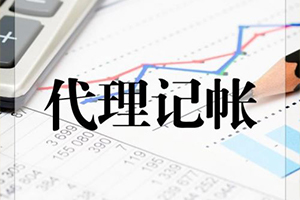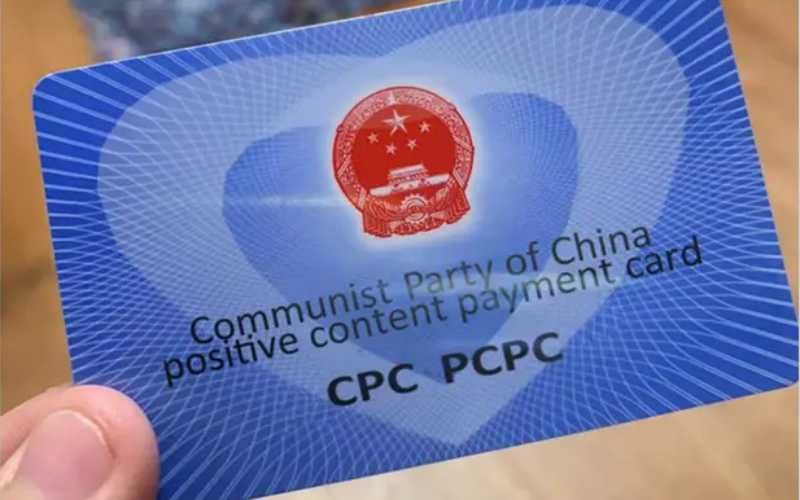WFOE China tax #1: The major types of tax you need to pay
On January 1, 2020, the foreign investment law will come into effect in China. This means that the gap between foreign-funded enterprises and local enterprises is gradually narrowing. Moreover, the tax policies of foreign companies are basically the same as those of Chinese enterprises.
However, different companies and different businesses have different tax details. This will be affected by the applicable taxes and rates depending on the size of the business, industry and product/service category, etc.
China’s tax policy is also in continuous improvement.
There are now 18 kinds of taxes in China.
Among the various types, there are the following types.
Taxes for goods and services
- VAT (value-added tax)
- Excise Tax
- Vehicle Purchase Tax
- Customs Duty
Taxes for income
- Enterprise Income Tax
- Individual Income Tax
Taxes for property and behaviour
- Land Appreciation Tax
- Real Estate Tax
- Urban and Township Land Use Tax
- Farmland Occupation Tax
- Deed Tax
- Resource Tax
- Vehicle and Vessel Tax
- Stamp Tax
- Urban Maintenance and Construction Tax
- Tobacco Tax
- Vessel Tonnage Tax
- Environmental Protection Tax
Now, let’s take a closer look into the 18 types of taxes as part of the China tax policy.
We’re going through them one by one from the aspects of applicable taxpayers, subjects/base of taxation, and tax rates.
More into the WFOE China taxes
Taxpayers: The enterprise or persons selling goods or providing processing, repair and installation services. Or persons or enterprises selling labour services, intangible assets, real estate or import goods into China. Then, VAT taxpayers include general taxpayers and small-scale taxpayers. This is by the size of the business scale and accounting standard.
Subjects/base of taxation: Sales of the following items:
- labour services
- real estate
- intangible assets
- transportation industry
- modern service industry (including R & D and technical services, information technology services, cultural and creative services, logistics auxiliary services, authentication and consulting services).
Tax rates: The VAT tax rates can be 13%, 9%, 6%, 5% or 3% by business scale and product/service categories.
Vehicle Purchase Tax
Taxpayers: You will need to pay a vehicle purchase tax if you buy a taxable vehicle in China.
Subjects/base of taxation:
For items purchased in China as listed below:
- automobiles
- motorcycles
- trams
- trailers and agricultural transport vehicles
Tax rates: The vehicle purchase tax shall be calculated according to the fixed rate according to the price.
The calculation formula is tax payable = taxable price × tax rate.
Customs Duties
Taxpayers: The consignor of the following 2 items: imported goods and exported goods. Or the owner of the imported articles.
Subjects/base of taxation: The number of goods and articles allowed to be imported and exported.
Tax rates: levy ad valorem tax or levy unit tax according to the products.
Enterprise Income Tax
Taxpayers: Enterprises in China need to pay enterprise income tax, both resident and non-resident enterprises.
Subjects/base of taxation: The profit of the enterprises.
Tax rates: 25% for resident enterprises and 20% for non-resident enterprises.
Individual Income Tax
Resident Taxpayers: Have a residence in China, or persons who lived in China for 183 days or more.
Subjects/base of taxation for resident taxpayers: The income you earn in China.
Non-resident taxpayers: No residence in China, or lived in China for over 183 days.
Subjects/base of taxation for non-resident taxpayers: Income derived in China.
Tax rates:
- Comprehensive income: progressive tax rate of 3% to 45%;
- Business income: progressive tax rate of 5% to 35%;
- Interest, dividend, lease or transfer of property income, contingent income: 20% of the proportional tax rate.
Urban and Township Land Use Tax
Taxpayers: Enterprise or persons using land in the following places: cities, counties, administrative towns, industrial and mining areas.
Subjects/base of taxation: The area of land occupied by the above taxpayers.
Tax rates: The tax rate is different in different situations as below:
- 5-30 yuan per square meter in big cities.
- 2-24 yuan per square meter in medium-sized cities.
- 9-18 yuan per square meter in small cities.
- 6-12 yuan per square meter in counties, towns and industrial and mining areas.
Environmental Protection Tax
Taxpayers: The business activities that have caused environmental pollution or damage. Typically, activities of producers and operators with the pollution industry. Or their business activities have high energy consumption and high consumables.
Subjects/base of taxation: Air pollutants, water pollutants, solid waste, noise pollution, nuclear pollution and so on.
Tax rates: The tax rate of Environmental Protection Tax is case by case. Therefore, no fixed tax rate for an environmental protection tax.
Find more on china tax rate for foreign company.









